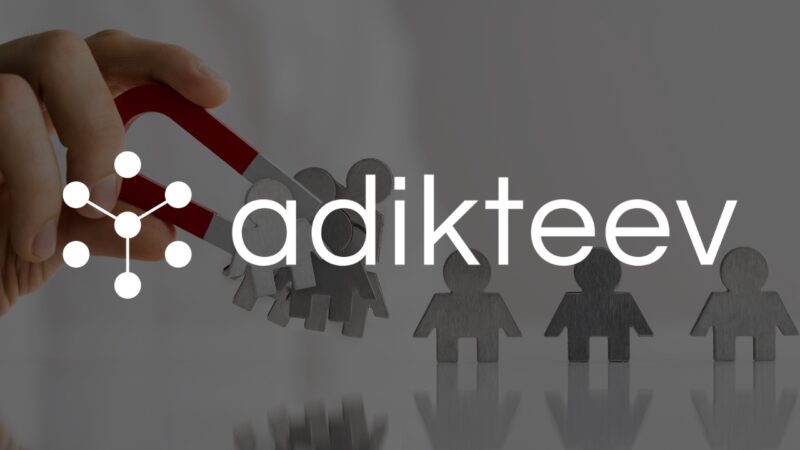User churn is unavoidable for any app. But in the age of heightened user privacy consent mechanisms, preventing it from happening is vital for app success and increased ROI. However, it requires extensive data processing and machine learning capabilities, making it inaccessible for app developers without a dedicated data science infrastructure. Adikteev offers churn prediction as a sustainable, efficient, and cost-effective service to help app marketers gain greater visibility over their app audience in an increasingly privacy-centric world.
User churn prediction has become a critical concern for businesses seeking to enhance app user retention. Adikteev, an industry leader in app retargeting, has developed a user churn prediction model that yields impressive results. In this article, we will delve into the details of Adikteev’s churn prediction technology and its potential to revolutionize user retention strategies.
The insights gained from Adikteev’s user churn prediction algorithm can be instrumental in implementing effective user retention strategies. Product teams can develop targeted solutions by identifying an app’s weak points. Integration with owned media, such as CRM, allows for the creation of user segments based on churn prediction. At the same time, cross-promotion can leverage churn prediction scores to drive users toward other apps within the ecosystem. Additionally, data generated from churn prediction models enables personalized messaging or creatives in paid media campaigns like retargeting, leading to more effective user segmentation and targeting.
Due to resource constraints, building and maintaining an in-house churn prediction model for many businesses can take time and effort. Adikteev recognizes this challenge and offers its comprehensive churn prediction service as a solution. Its expertise and experience can be a saving grace for businesses looking to solve this problem effectively.
Accuracy is vital for churn prediction, and Adikteev employs the AUC ROC metric (Area under the ROC curve) to measure the performance of their predictions. This statistical measure evaluates machine learning model predictions using a probabilistic framework. AUC ROC quantifies the ranking quality, with a grade ranging from zero to one. A score of one indicates a model that is 100% correct, while 0.5 represents a purely random prediction. Adikteev’s churn prediction model consistently achieves high AUC ROC scores, often surpassing 0.9 (or 90%), demonstrating its robust prediction capabilities.
To validate the reliability of their churn prediction model, Adikteev conducts backtesting. It trains the model on a specific day (D) using data from the preceding three months until the day before (D-3 months to D-1 day). Although initial predictions are made on day D, their accuracy is not immediately verifiable. However, a month later (D+1 month), Adikteev performs backtesting by comparing the predictions made on day D with the actual user behavior between D and D+1 month. By automating this backtesting process, Adikteev consistently confirms the accuracy of their model, achieving impressive results of 0.9 and above.
The evaluation of Adikteev’s AUC ROC and its accuracy involves comparing it with two other models: the random model and the baseline model. The random model assigns a random value (probability of being active) between 0 (churner) and 1 (active) to each user, making it a simplistic approach. On the other hand, the baseline model predicts 0 (churner) for users who haven’t opened the app in the last seven days, relying on an intuitive rule-based approach. Adikteev’s churn model outperforms these two models by utilizing a probabilistic approach trained on specific features such as user recency, frequency, and age. This enables the generation of probabilities for user activity and provides expected numbers of opens during an intervention window.
Adikteev’s user churn prediction technology empowers businesses to enhance their existing marketing strategies, reducing churn rates and improving user retention. Mobile app marketers can optimize their efforts and achieve better results by adopting a more granular approach and targeting actions based on different user behaviors.





